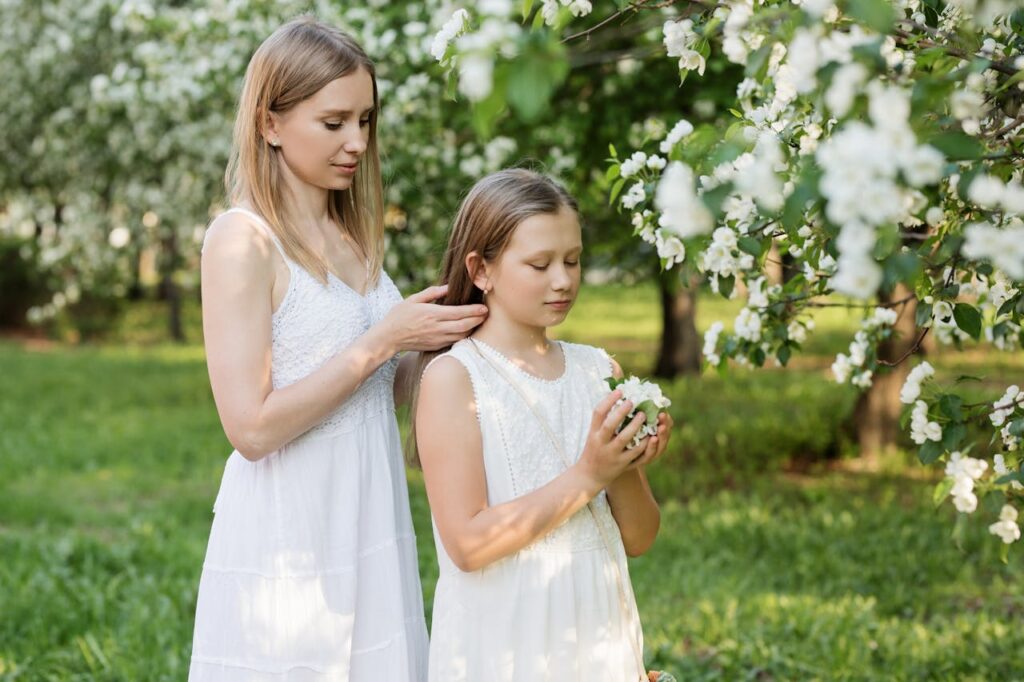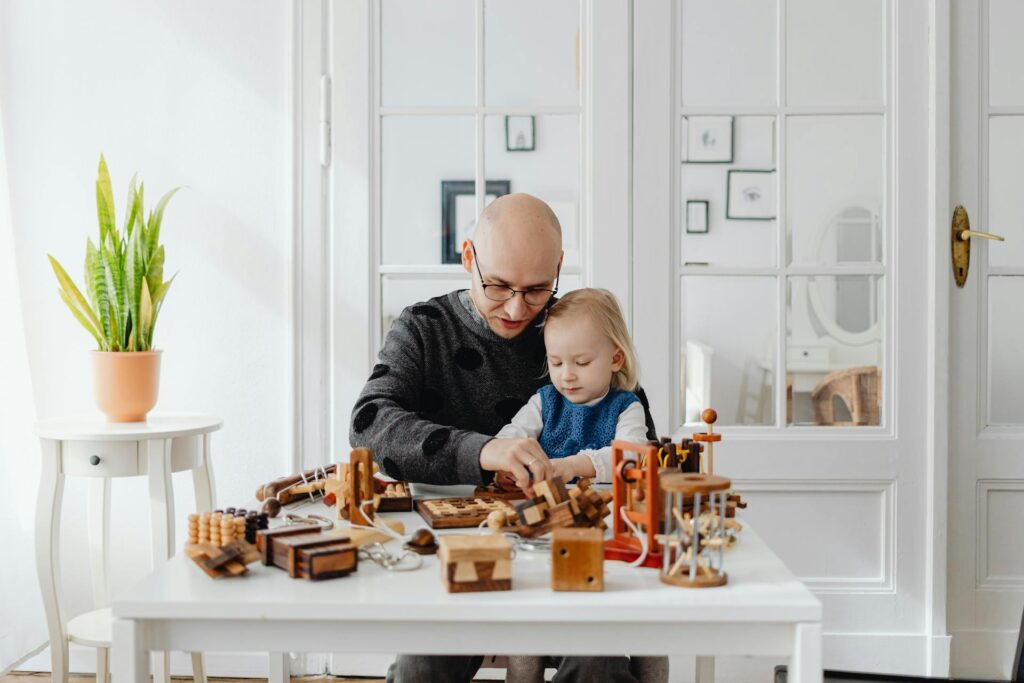Feelings! They are as natural to us as breathing air. Emotions are a part of our genetic makeup. There is a wide spectrum of emotions we may feel some of which we can’t explain. In some situations, we are not able to choose the emotions that arise in us. As we grow we can choose how we express and deal with them once we know what they are.
As children develop they will encounter experiences daily that bring up big little feelings. It is our duty as parents to give a name to their feelings and guide them through them. To do this, first I have to point out that we need to be in a place of calm and understanding before we can serve as guides to our children during these difficult times.
What are the Big Little Feelings?
Below are two examples of typical everyday occurrences that will resonate with you to show how these feelings may present themselves.
Story #1
Ruth, a 5-year-old girl, had always loved going to school. She also had a special bond with her teacher Ms. Richards who happens to be friends with her mother. One day she was playing with her friends on the slide on the playground, and she cut her finger on the slide. She was in a great deal of pain and cried uncontrollably. There was blood everywhere. She had never experienced such a sight before. Ms Richards ran to her rescue, took her away to get her finger dressed, and comforted her until her mother got there.
Later that evening, after the pain had subsided and she was in a better mood, her mother asked her to describe what had happened. While Ruth detailed the sequence of events tears came running down her face again as the thoughts brought back the memories of the pain she felt. She then declared she no longer wanted to go to school again. Her mother pulled her closer and hugged her to comfort her as she wiped her tears away.
Mother: “I can see you had a bad day.”
Ruth nodded in agreement.
Mother: “It must’ve hurt so badly when the slide cut your finger.”
Ruth: “Yes!” She exclaimed through the tears.
Mother: “You must’ve been so scared to see all that blood on your finger.”
Ruth continued to cry but it didn’t last long as she slowly fell asleep in her mother’s arms as the pain medicine kicked in.
The next day upon getting ready to go to school she became anxious and began to mumble her unwillingness to go to school. Her mother assured her that school was not a scary place and convinced her enough to get her buckled in the car seat. Upon approaching the school gate, a wave of emotions flooded her and she burst out crying that she wanted to go home or she’d die if she stayed. Her mother was in shock as she thought she had calmed her enough to go to school.
She decided that she would have to properly calm the storm if it meant going to work late. She hopped in the back seat with Ruth and sat her on her lap. She helped Ruth to retell the story of what happened that day starting from what she had for breakfast that morning to how Ms Richards took great care of her. Talking about all the happy moments she had and how much she enjoyed going to school and the playground. Validating her feelings of being hurt and scared allowed her to calm down and agree to walk to her classroom with mommy by her side of course. She was met with big hugs and smiles from her classmates and teacher. She was ok to let go and say goodbye to her mommy.
Story #2
One night, while finally getting to some well-needed “me time” lounging in the living room and sipping on a glass of Merlot, I was startled by cries coming from my 3-year-old’s bedroom. I ran to her room to see what’s the matter, I cautiously opened the door so as not to wake her just in case it was a case of nightmares. On opening the door she was awake crying on her bed. I hopped into bed hugged her and asked “What’s wrong?”.
She angrily responded, “Nobody loves me!”. I was shocked. I had mixed emotions. part of me wanted to laugh and dismiss what seemed like an irrational statement that came out of thin air. Another part of me was worried about what could have caused her to feel this way. More specifically what did I do? What was I doing wrong? Was it a nightmare? At that moment, the first thing that came to mind was to say “That’s not true, you know that Mommy and Daddy love you” or “Don’t be silly, go back to bed”.
Instead, I held her closer rubbed her back, and told her I understood how hard it can be at times. I empathize with her that I know that she gets sad sometimes when mommy and daddy have to go off to work and aren’t able to play with her all day. She took a deep sigh and began to tell me that she wanted us to play with her ice cream truck but instead, I shouted at her and told her she needed to pack up it was bedtime. I apologized for raising my voice at her and asked her what flavor of ice cream should we make tomorrow. She said strawberry is her favorite. So I promised her we would make strawberry ice cream tomorrow when I got home and we would talk some more. I could feel the anger leaving her body as relaxed into my arms and soon after she fell asleep.
A 4-Step Solution
Here is a simple approach to calm the big little emotional waves.
Offer undivided attention
Whenever a child is met with these big feelings one should first respond by giving them your undivided attention when listening. Phone down, TV off and face your little one at eye level. Speak with a nurturing tone of voice and an empathetic facial expression.
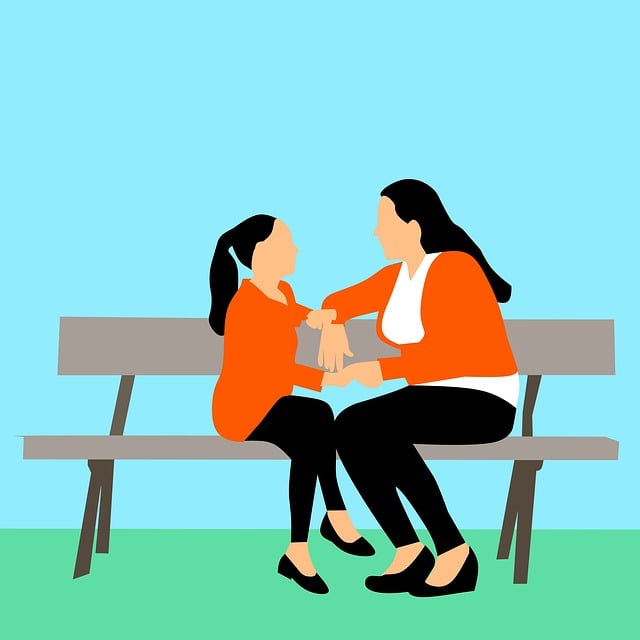
Give a name to the feeling
Pay special attention to listening to the feelings that they are expressing and not to the event that they are describing. Logic has no place in the discussion as yet, let them lead with feelings and put a name to the feelings. The younger children may not be able to name the feeling as yet, so that is your job. There is a wide range of emotions, so this serves as an opportunity to widen their vocabulary of emotions beyond the common emotions such as happy, sad, and angry. The younger ones may need your help in retelling the events so you can provide clarity but still allow the child to lead the storytelling.
What also helps is daily, when we as parents are experiencing different emotions we can state the feelings we experience. Put context to the emotions by stating what is making us feel we way we do. Then state logical ways in which we will deal with them. Over time, they will serve as our mirror when we express our emotions.
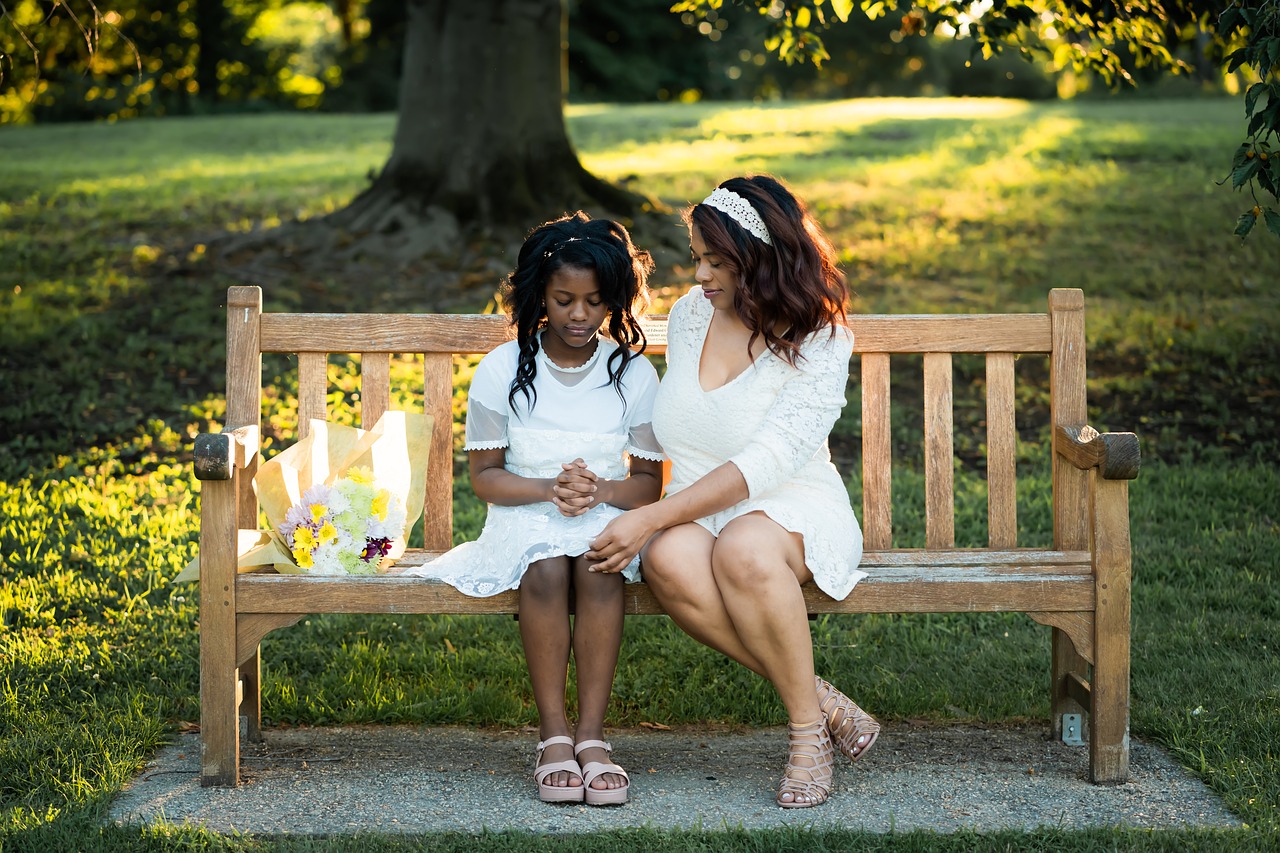
Validate the feelings
Validate their feelings by serving as a mirror to their emotions. Instead of suppressing or dismissing their seemingly irrational feelings use phrases like these depending on the scenario to echo their feelings.
“I can see that he has made you angry when he took away the toy.”
“You must be disappointed that you didn’t get to go to the park”
“Oh, I see that you were scared of the loud motorcycle.”
“You must’ve been so embarrassed that he pulled your pants down in front of your friends.”
Try to avoid phrases such as:
“It’s not that big of a deal, it’s just a small cut”
“I don’t see what you are crying about, you can’t reach up to take it down yourself anyway.”
“No need to be afraid. There’s no monster underneath the bed.”
It must be stated that the feelings won’t disappear with these statements. What this does is provide clarity and as they develop they will be better able to deal with these feelings. Emotions are a normal part of being human. Children should be able to feel and express their emotions just as adults do.
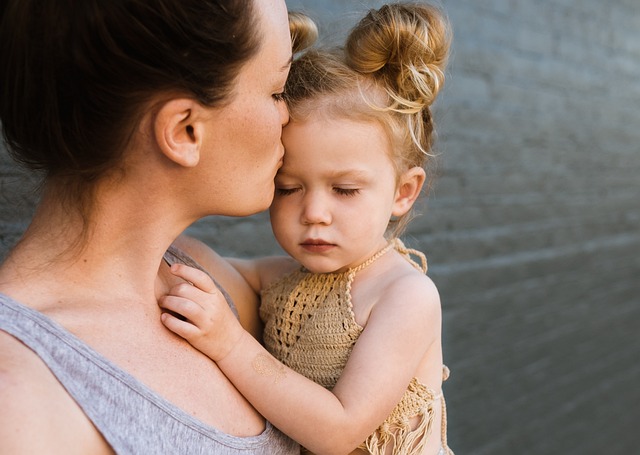
Offer logical solutions
While validating the feeling will calm the storm, it’s not enough to just stop right there. Once your child is seemingly calm and receptive, you should take the next of logical reasoning and planning to solve the problem or provide an alternative. In the scenario above, my daughter had awoken out of her sleep in the middle of the night. That was not the right time to play with the ice cream truck to show her that I cared for her and to try to connect with her.
Therefore, we made plans that we can play at a convenient time tomorrow. Once waves of emotion have passed logic will have its place. But many times you will find yourself in situations where you just need to remove your little one immediately or put a stop to a possible hurtful behavior before you can begin to connect.
Conclusion
The good news and bad news is we deal with these situations daily. So we have many opportunities to practice and help them deal with those big little feelings. Every episode cannot be a teachable moment so try not wear yourself down by doing so. We too are also humans so we have our own emotions and life to deal with. The key is to parent with intent and tackle those situations when are in the right frame of mind to do so.

